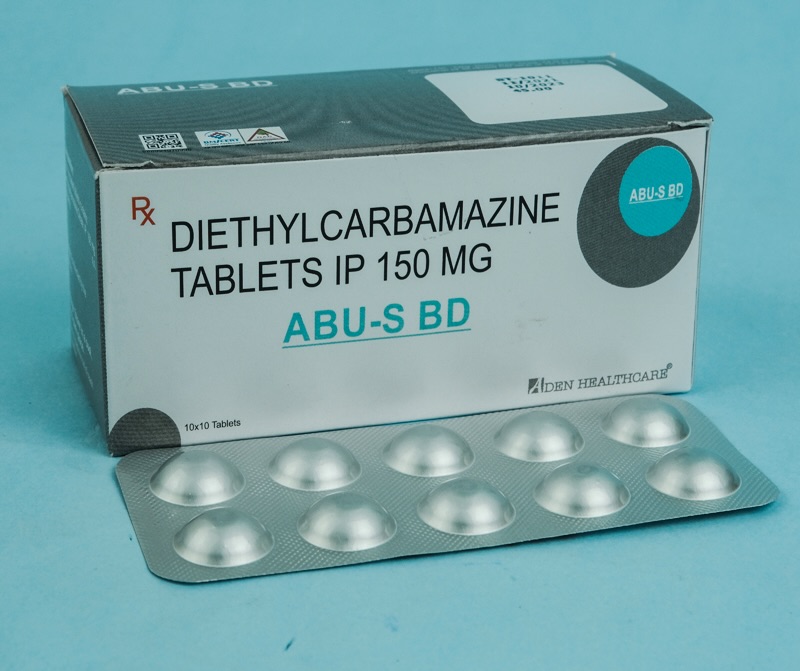Elephantiasis: Symptoms, Causes, Treatment
What are the symptoms of elephantiasis?
Elephantiasis, also known as lymphatic filariasis, is a parasitic infection caused by microscopic, thread-like worms transmitted to humans through mosquito bites. The parasites infect the lymphatic system, leading to blockages that result in swelling and thickening of the skin and underlying tissues. The most common symptoms of elephantiasis include:
- Swelling: The most characteristic symptom of elephantiasis is the swelling of the affected body parts, most commonly the legs, arms, and genitals. The swelling can be severe and disfiguring, giving the affected body parts an “elephant-like” appearance.
- Thickening of the Skin: The skin in the affected areas may become thickened and hardened, making it difficult to pinch or compress.
- Pain and Discomfort: The swelling and thickening of the skin can cause pain, discomfort, and a feeling of heaviness in the affected body parts.
- Recurrent Fever: Some individuals with elephantiasis may experience recurrent episodes of fever, often accompanied by chills and sweating.
- Skin Changes: The skin in the affected areas may become rough, dry, and scaly, with a pebbled appearance.
- Lymphedema: Elephantiasis can lead to lymphedema, a condition characterized by the accumulation of lymphatic fluid in the affected tissues, which can further contribute to swelling and discomfort.
- Secondary Infections: The swollen, thickened skin is more prone to cuts, abrasions, and fungal or bacterial infections, which can further complicate the condition.
In addition to these physical symptoms, elephantiasis can have significant psychosocial effects on affected individuals, leading to social stigma, depression, and a reduced quality of life. Early diagnosis and treatment bof elephantiasis by healthcare professionals are important to prevent complications and reduce the impact of the disease on affected individuals.
What are the causes of elephantiasis?
Elephantiasis, also known as lymphatic filariasis, is caused by infection with parasitic worms known as filarial worms. The most common species of filarial worms that cause lymphatic filariasis in humans are Wuchereria bancrofti, Brugia malayi, and Brugia timori.
These parasites are transmitted to humans through the bites of infected mosquitoes, which deposit the larvae of the worms into the skin. The larvae then migrate to the lymphatic vessels, where they mature into adult worms. The adult worms can live for several years and produce millions of microscopic larvae, which circulate in the bloodstream and can be taken up by other mosquitoes when they feed on an infected person.
The presence of the adult worms in the lymphatic vessels leads to blockages and damage to the lymphatic system, which is responsible for maintaining fluid balance and immune function in the body. This results in the characteristic symptoms of elephantiasis, including swelling, thickening of the skin, and other complications.
It’s important to note that not everyone infected with filarial worms develops elephantiasis. The development of the disease depends on factors such as the species of the parasite, the number of parasites transmitted, and the immune response of the individual. In some cases, the infection may be asymptomatic or cause only mild symptoms, while in others, it can lead to severe and disfiguring swelling.
What is the treatment for elephantiasis?
The treatment for elephantiasis, or lymphatic filariasis, aims to reduce the symptoms of the disease and prevent its progression. Treatment may include:
- Antiparasitic Medications: The primary treatment for lymphatic filariasis is antiparasitic medications, such as diethylcarbamazine (DEC) or ivermectin, which are used to kill the adult worms. These medications are usually taken in a single dose or as a short course of treatment.
- Symptomatic Relief: To reduce swelling and discomfort, individuals with elephantiasis may benefit from measures such as elevation of the affected limb, compression bandaging, and regular skin care to prevent infections.
- Surgical Interventions: In cases where the swelling is severe and does not respond to other treatments, surgical interventions such as lymphaticovenous anastomosis or excision of excess tissue may be considered to improve lymphatic drainage and reduce swelling.
- Preventive Measures: Preventive measures are crucial to control the spread of lymphatic filariasis. These include mass drug administration (MDA) programs in endemic areas to treat at-risk populations, as well as measures to control mosquito populations and reduce the risk of mosquito bites.
- Management of Complications: Complications of elephantiasis, such as secondary bacterial infections or lymphedema-related issues, may require specific treatments, such as antibiotics or lymphatic drainage therapy.
- Long-Term Management: Elephantiasis is a chronic condition, and long-term management is often necessary to prevent recurrence of symptoms and complications. This may include regular follow-up visits with healthcare providers, ongoing skin care, and the use of compression garments or bandages.
It’s important for individuals with elephantiasis to work closely with healthcare providers to develop a comprehensive treatment plan tailored to their specific needs. Early diagnosis and treatment can help improve outcomes and reduce the impact of the disease on quality of life.




